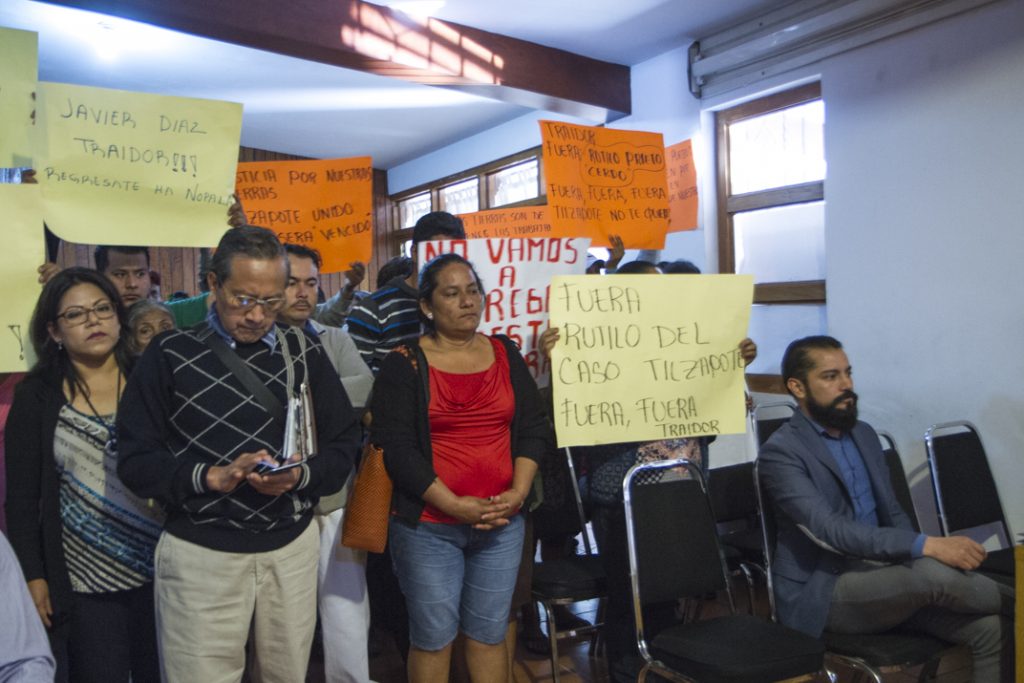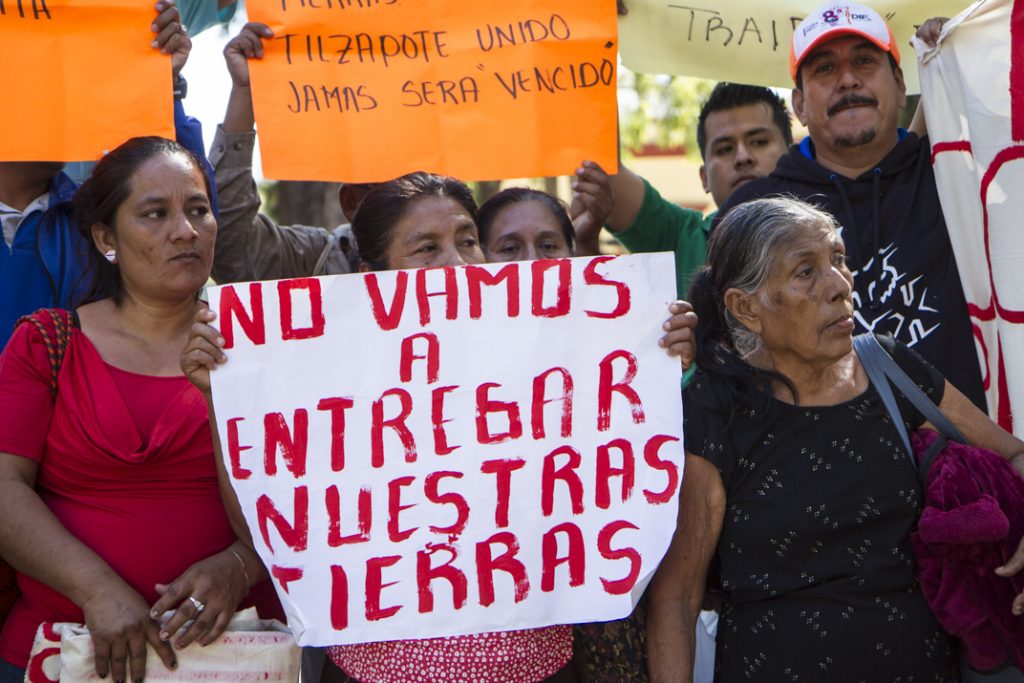Translated by Carlos Magin and Alessandro Morosi
Mexico continues being the most dangerous country in Latin America for journalists, and its levels of violence against journalists are only surpassed by those countries in declared warfare status. The news comes from Organización Artículo 19 de México (Mexico’s Article 19 Organization), presented in their 2017 annual report Democracia Simulada, Nada Que Aplaudir (Simulated Democracy, Nothing to be Proud Of). In 2017, 507 aggressions and 12 assassinations against journalists were reported. Throughout Enrique Peña Nieto’s presidential term, there have been 1,986 documented attacks on journalists. “His six-year presidential term (2012-2018) has been the most violent for Mexico in the 21st century thus far. His media policies had a clear intention of censorship”, the document argues.
Mexico is the country with the highest number of journalists killed, only after Syria. “We are almost at par with that country at war, meanwhile Mexico presents itself as a republic with institutions and a state of rights, wonderful on paper, but nothing which may coincide with reality”, says Article 19.
The most violent regions for the Mexican press are Mexico City, with 383 registered aggressions, and states like Veracruz with 255, and Oaxaca with 177. States like Guerrero with 163, and Puebla with 111, are also notable when it comes to aggressions against journalists. This makes the central region of the country the most violent for the Mexican press during Enrique Peña Nieto’s six-year presidential term.
The report highlights a change in the characteristics of violence towards journalists in Peña Nieto’s presidential period. The violence in Mexico went from being concentrated in some states—mainly those states which had a strong presence of organized crime—to being generalized across the country. Today, there is no oasis left for the Mexican press, the report informs.
“The danger zones for journalists have increased in Mexico because criminal groups, sometimes linked with security forces and other allies within the government, have taken advantage of this impunity to expand their networks. The journalist could be in danger in any part of the country, especially when the topics they cover are broad. This applies not only to those who cover the ‘nota roja’ (“red note” or “red news”) like it has been traditionally thought of. Given the circumstances, many journalists, mainly local media, do not have protection from their companies, and this adds to the unstable situation”, explains Lizbeth Díaz, a Reuters correspondent who left Tijuana in 2011 due to threats. Although the government has officially blamed organized crime again and again for violence against the press, based on Article 19 figures, of the 1,986 attacks that took place in the last five years, 8% have presumably been committed by members of organized crime and 48% by public functionaries.
Number of aggressions against press by six-year presidential term. Vicente Fox Quesada (2000-2006) data unavailable. Felipe Calderón Hinojosa (2006-2012) 1,092 aggressions. Enrique Peña Nieto (2012-Feb. 5, 2018) 1,986 press aggressions.
Zones of Silence
“Zones of Silence” is the name given to regions where there is no longer any sort of publication, by any media, about information of public interest. The news and local newspapers treat themes in a biased, distorted, superficial manner, and in some instances, they do not say anything at all. Initially, it was money which silenced the press, later it was violence and fear, Article 19 declares.
According to the report, newsrooms of main newspapers were infiltrated in the 1940s by government spies. During the Cold War, information was vital for the powerful and local governments. “The big change occurred when the spies put themselves at the service of the organized crime, due to corruption or fear; in some instances for both reasons. Currently, there are newsrooms that receive governor calls, calls from member so-and-so, and calls from the Secretary of State, to halt articles or journalistic investigations, such is the case of Laura Castellanos, who discovered that on January 6, 2015 the federal police committed a massacre in Apatzingán, Michoacán. Newspaper El Universal (The Universal) retained the text for a long time, until Castellanos published it simultaneously in the news magazine Proceso and in Aristegui Noticias”.
The rapid expansion of the zones of silence is due to self-censorship due to fear of local authorities but, above all, fear of organized crime. “The worst scenario is when the authorities are at the service of the organized crime. In the past, there was an equal partner deal between politicians and delinquents, now, in many regions authorities are subordinated to the mafia”, the report says.
In their report Zonas sSilenciadas: rRegiones de Alta Peligrosidad Para Ejercer la Libertad de Expresión (Silenced Zones: Highly Dangerous Regions to Exercise Freedom of Expression), The Inter-American Commission on Human Rights, affirms that the Zones of Silence in Mexico, in order of severity, are Veracruz, Tamaulipas, Oaxaca, Guerrero, and Chihuahua.
Multiple Forms of Censorship
According to the report, there are many forms of censoring the press and controlling information. “Some of those mechanisms are structural, like the official publication, concentrating media in few hands, and the ‘Global Gag Rule’; extreme violence is a new ingredient. The question ‘how will we keep journalists quiet?’ depends on the region, how famous he or she is, how vulnerable his or her economic status or his or her political contacts are. The retaliation goes from a lawsuit citing moral damage, to the assassination and dismemberment of the corpse of the individual who delivered the information with the ultimate goal of paralyzing his or her colleagues through fear. Self-censorship based on fear is cheap and effective”.
Independent Journalists: The Least Protected
The most unprotected journalists are the so-called free-lance, independent journalists who have no contract or media credential to whom they offer their reports or images, says the report. “They do not have any benefits (medical insurance, vacations, seniority, retirement pension, etcetera), and they are absolutely helpless. If anybody threatens them or legally sues them because of their job, or they have an accident, the company with which they collaborate generally does not respond for them. The independent journalist is left alone to his fate. Who can demand accountability from the owners of the companies? Who wants to demand accountability from the company owners? There is a need for more co-responsibility”.
Spying on Journalists as if They Were Terrorists
Pegasus is a malware for military use to infiltrate criminal and terrorist communications. It was developed in NSO Group, an Israeli company. According to an investigation conducted by Mexicanos Contra la Corrupción y la Impunidad (Mexicans against Corruption and Impunity), after operating through a Mexican intermediary, the shell company Balam (which has engaged in corrupt peddling of influence), through its subsidiary Tech-Bull, sold Pegasus to the Mexican security forces, according to Article 19:
“The software costs 148 million dollars and was resold to the Mexican government for 432 million dollars. Tech Bull’s leadership is a small hut in a canyon. The real owner is Rodrigo Ruiz de Teresa (nephew of Guillermo Ruiz de Teresa, who is coordinator of the Ports and Navy of the Secretariat of Communications and Transportation, famous for his participation in Pemex-Gate in the year 2000”.
Pegasus reached institutions which should be responsible for ensuring national security: the Attorney General of Mexico and the Secretariat of National Defense. The software attacked the smartphones of journalists and human right defenders.
Pegasus presents itself as an attachment or a “personalized” message to the victim and the moment one clicks, the malware takes over all files and contacts that are in the device: phone numbers, electronic emails, images, audios, messages, WhatsApp’s content, etcetera. This malware also activates the microphone and camera without the owner’s knowledge.
“Journalists and defenders of human rights in Mexico are viewed as enemies, and for this reason, instead of being given real protection, they are spied on and are treated as criminals or terrorists”, according to the report.



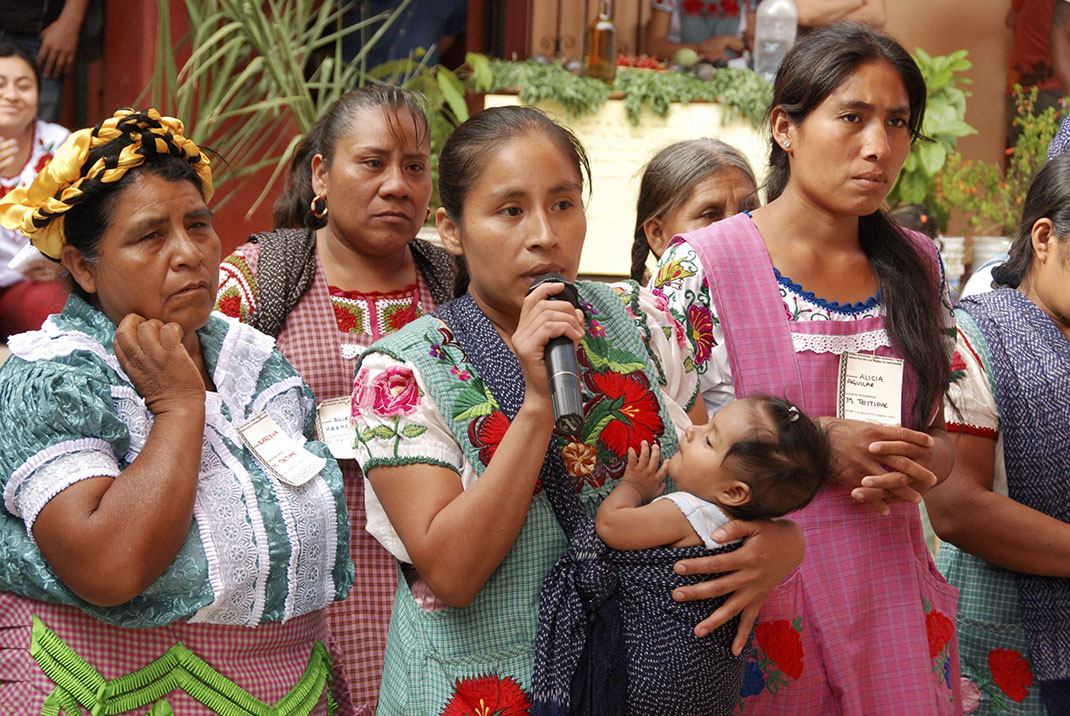
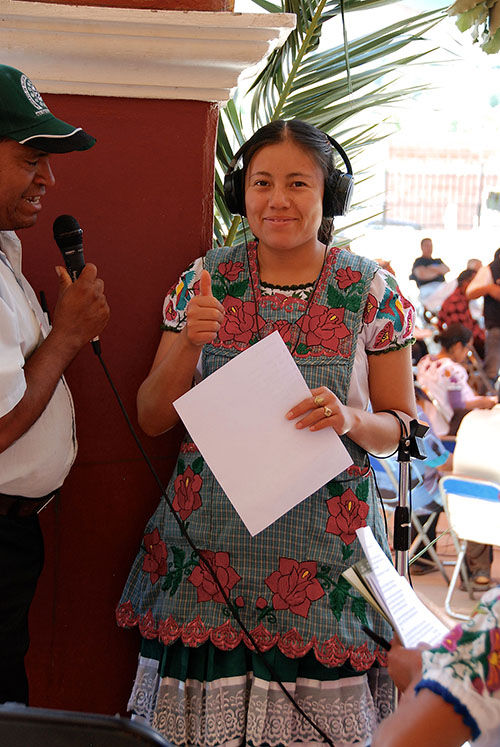
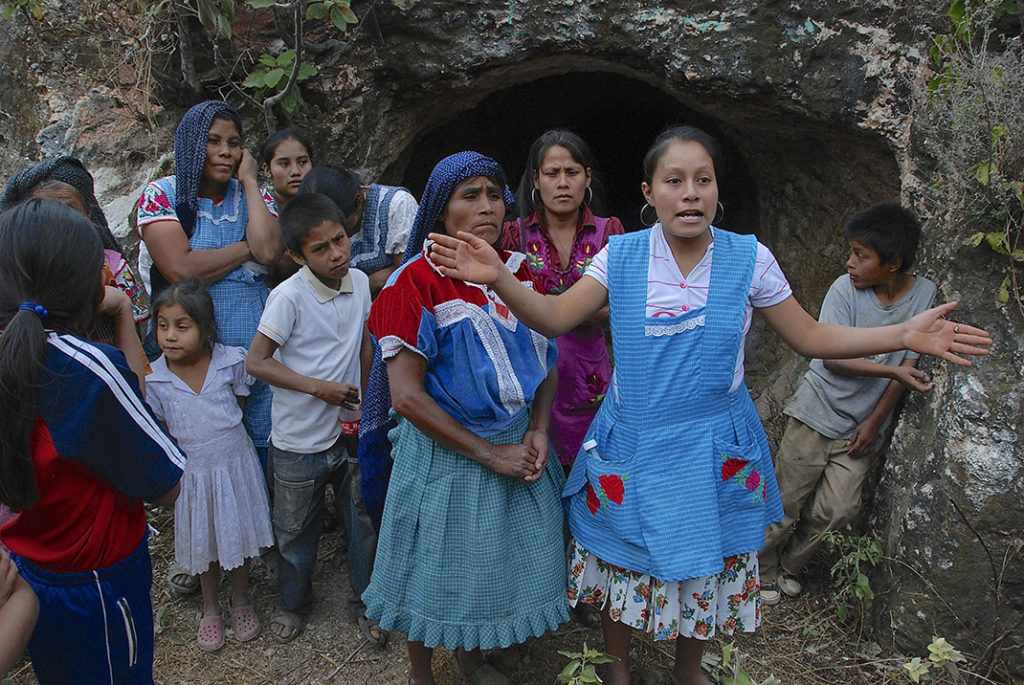

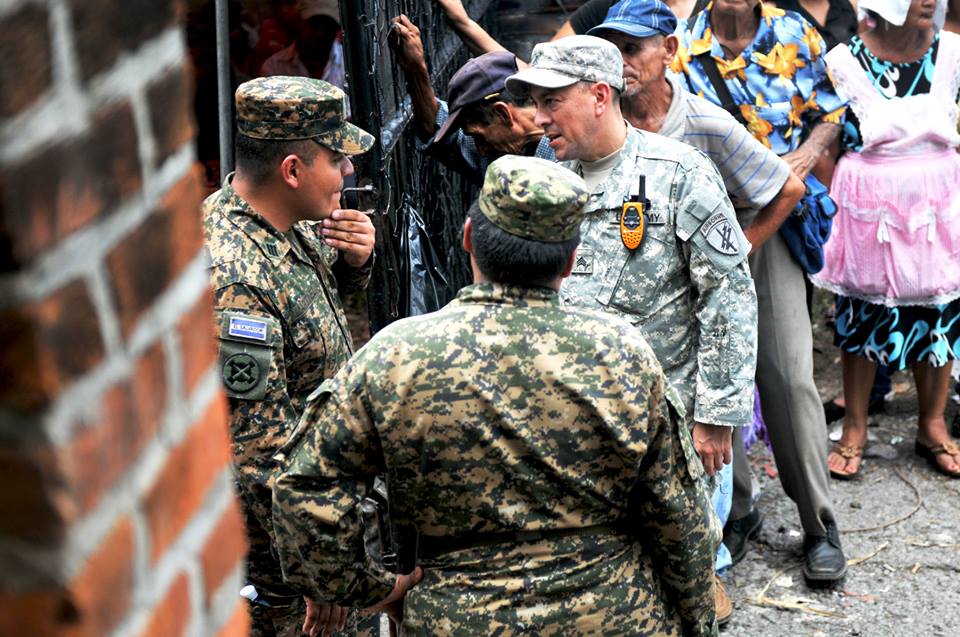 “We congratulate President Juan Orlando Hernandez on his victory on the November 26th presidential elections, according to the Tribunal Supremo Electoral (TSE) (Supreme Electoral Tribunal) of Honduras,” said the U.S. State Department through spokesperson Heather Nauert, long before the political situation of this country was defined.
“We congratulate President Juan Orlando Hernandez on his victory on the November 26th presidential elections, according to the Tribunal Supremo Electoral (TSE) (Supreme Electoral Tribunal) of Honduras,” said the U.S. State Department through spokesperson Heather Nauert, long before the political situation of this country was defined.
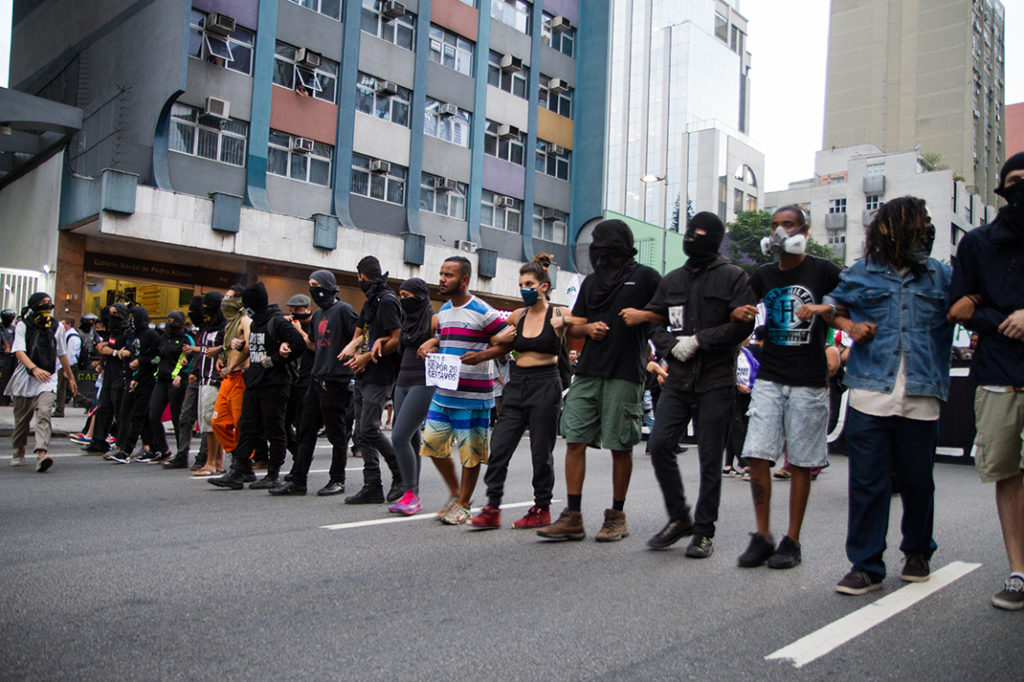
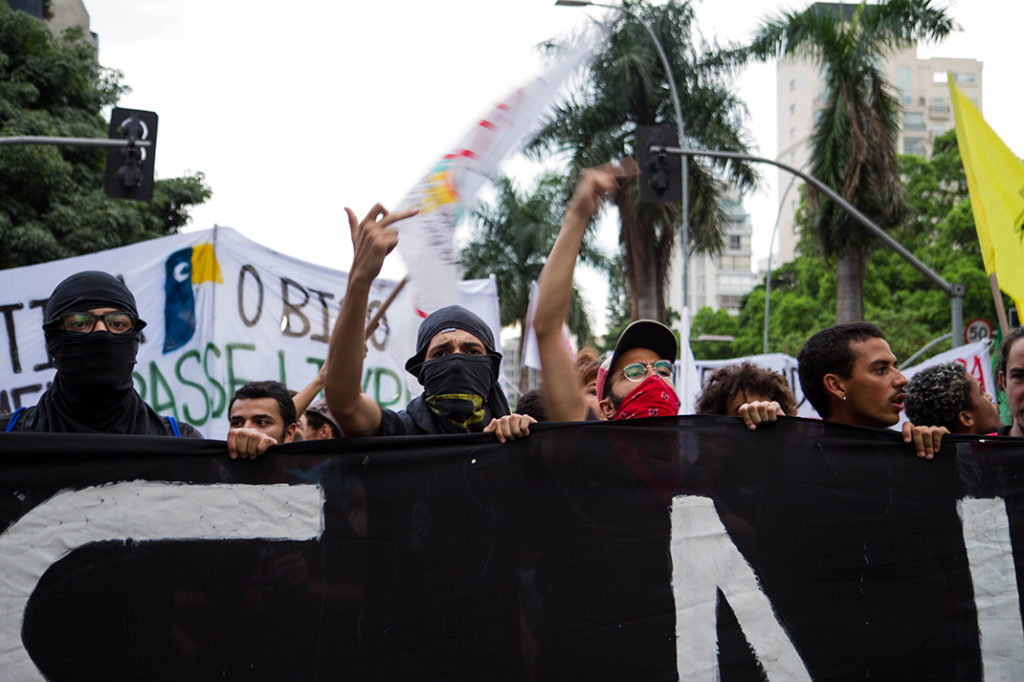
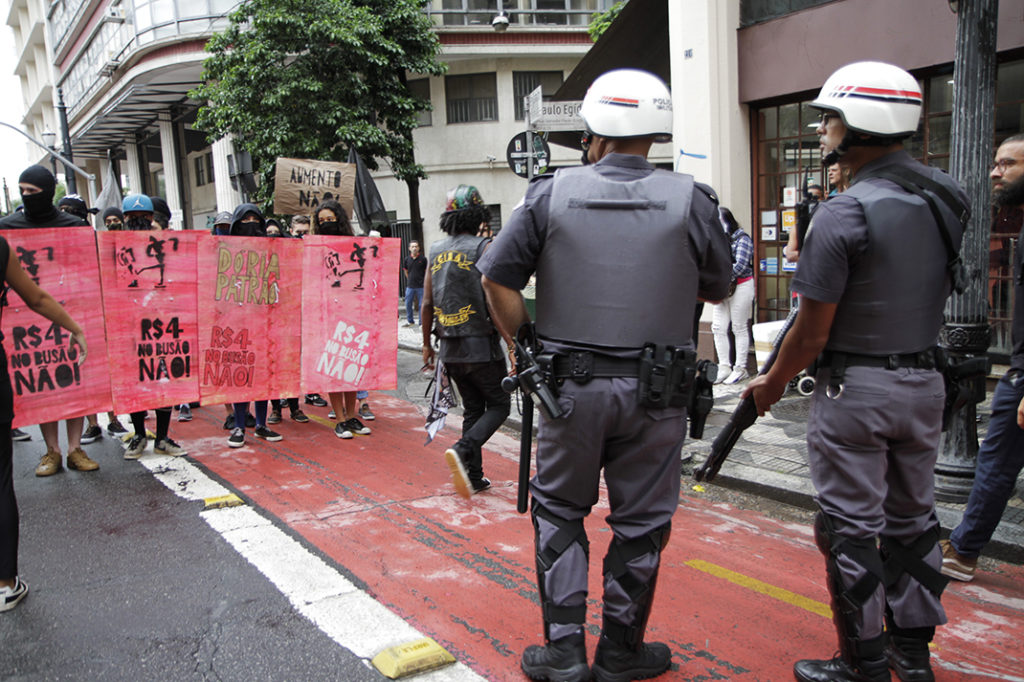 "We're living through a dire crisis of institutional and democratic politics in this country. There's no longer any credibility in the institutions. They respond to the demands of the people with repression and criminalization," asserts Davita.
"We're living through a dire crisis of institutional and democratic politics in this country. There's no longer any credibility in the institutions. They respond to the demands of the people with repression and criminalization," asserts Davita.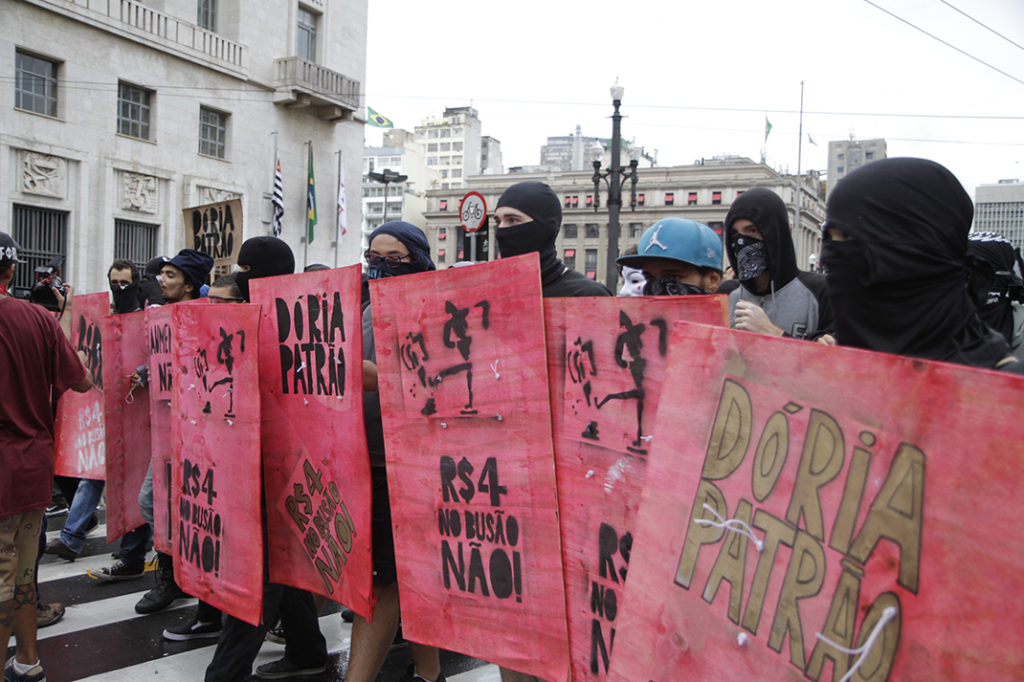 movement have to learn to be more firm and radical in our actions. This society has to learn to disobey the norms that harm everyone in their daily lives. We need to be smarter in our political actions," adds the young anarchist.
movement have to learn to be more firm and radical in our actions. This society has to learn to disobey the norms that harm everyone in their daily lives. We need to be smarter in our political actions," adds the young anarchist.
